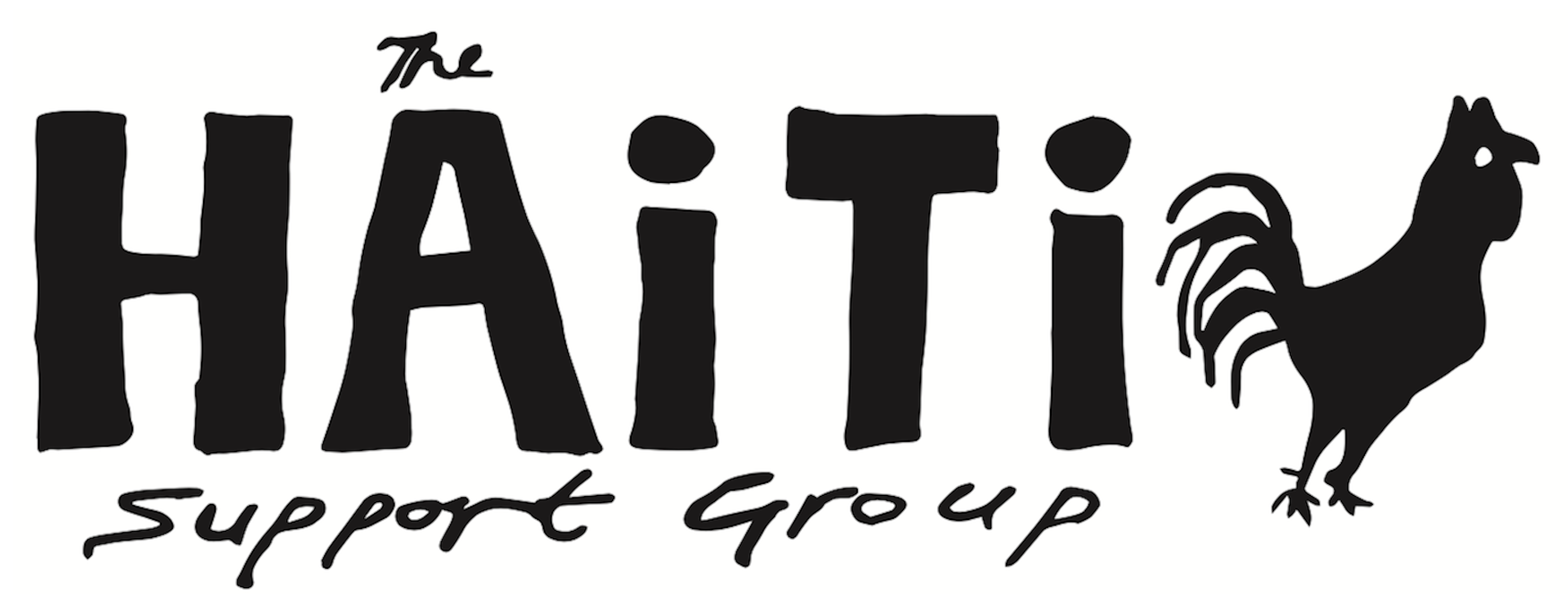As the Haiti recovery commission absorbs international criticism that it’s not moving fast enough, grassroots organizations wonder why they’re not being called on.
BY JACQUELINE CHARLES
SOURCE CAROSSOLE, Haiti — It took the Valmé family 15 years and $500,000 from donations and recycling bottles to build a two-story yellow school building for youngsters in this rural outpost. But before the doors opened, the Jan. 12, 2010, earthquake destroyed the school.
“We were fighting for years to have that school. To see it collapse was sad,’’ said Dr. Gerald Valmé, 59, a New York physician whose family-run foundation now educates and feeds the 460 students inside a zinc-covered wooden structure with plastic tarps for walls.
“It seems that it’s only the people who have the connections who have the access to the funds. Those of us doing good work, we have no access,’’ Valmé said. “They have forgotten us. They don’t identify us. They don’t know us.’’
Almost nine months after a battered Haiti approved a U.S.-backed blueprint for its recovery, small nongovernmental and grassroots community organizations essential to the country’s long-term reconstruction are being left behind in the nearly $2 billion in reconstruction projects that have been approved.
As a commission charged with disbursing billions in reconstruction funds meets in Haiti on Thursday and Friday, the Valmé family and other community-based organizations will be watching closely to see how much of that money tickles down to them.
Located in rural towns such as this one near the city of Léogane, they have little access to the $5.5 billion pledged, including $344 million in contributions to the Haiti Reconstruction Fund. The trust fund is intended to be the largest source of unprogrammed funding.
“The frustrations are understandable,’’ said Gabriel Verret, executive director of the Interim Haiti Recovery Commission. “It is hard to grasp that the IHRC is not the one blocking their access. The commission determines the strategy, approves or disapproves projects, but it does not control donor resources.’’
In fact, the bulk of foreign assistance from countries such as the United States and Canada are still directed to large nongovernmental organizations.
Meanwhile, the United States and other donors even specify preferences when donating to the trust fund. As a result, the fund, initially envisioned as a place to pool resources to fill funding gaps, has little money for priorities like debris removal and schools.
On Wednesday in New York, the United Nations brass sought to get donors to fulfill their pledges, reminding them that the trust fund has received less than 10 percent of funds promised.
Aware of the criticism, commission members are planning to sit with the government Thursday, including IHRC co-chair Prime Minister Jean-Max Bellerive, to figure out how to move past the bottlenecks and speed up disbursements and construction on projects.
On Friday, Bellerive and former President Bill Clinton will co-chair the IHRC board meeting. Their discussions will include lack of funding, slow government approval on allocation of land to build housing, and the lack of access for grassroots organizations. The commission is expected to announce a $20 million community grant program to provide greater access for small NGOs and grassroots groups.
Under the current structure, organizations such as the Valmés’ must grab the attention either of big donors like the United States or one of three agencies working with the trust fund.
“The money stays on top and those of us at the bottom who are working in the community, we have no access to it,’’ said Marie Charles, an advocate on gender-based violence in the Carrefour camps.
Charles, 50, said the only way Haiti will be able to tackle the tent cities is by allowing community groups to aid in the rebuilding from the ground up. But that requires money, she said.
The three-acre plot in Source Carossole has been in the Valmé family almost 40 years, purchased by matriarch Fernande Valmé with a $10,000 gift. The woman could neither read nor write, but she raised seven children — all professionals, including a former NASA engineer — in the United States and envisioned a school. Her children have since expanded the dream to include a clinic, a hospital and a vocational school. Total cost: about $20 million.
“We are building block by block,’’ said Rode Valmé, 55, who quit her job as a registered nurse and raises money through preaching and other efforts. Through the kindness of strangers, other family members, skipped mortgage payments and faith, the Valmé siblings say they make their $5,000-a-month budget. It includes a daily hot meal for students, free education and school uniforms, and a $125-a-month salary for teachers.
Like many, Rode Valmé is puzzled about the billions she hears that have been donated to Haiti. But instead of getting mad, she holds onto her faith that someone will take notice.
On a recent day, as she provided a tour of the premises, New York pastor Louis Mellini visited the project. His brother-in-law is gospel singer and pastor Donny McClurkin. McClurkin, who is preparing to do a Haiti fundraiser, sent Mellini to scout local community projects to see where his efforts could help.
McClurkin turned his belated 50{+t}{+h} birthday bash into a January fundraiser for Haiti. But he has been disappointed by the lack of progress, Mellini said.
“I’m mad,’’ he said. “I’ve seen tents with USA, Canada, Venezuela and other countries on them. It was great to see people get shelter for a second. Now it almost stands as an indictment of what hasn’t happened.
“I know it’s complicated, but sometimes you’ve got to keep it simple. If governments can’t do it, then allow the people who can stretch a dollar to do so, people like these who are running micro, macro organizations.’’
From: Miami Herald – Read more: http://www.miamiherald.com/2011/04/06/v-fullstory/2154432/haiti-grassroots-groups-say-theyre.html#ixzz1J3QRb1Ts

